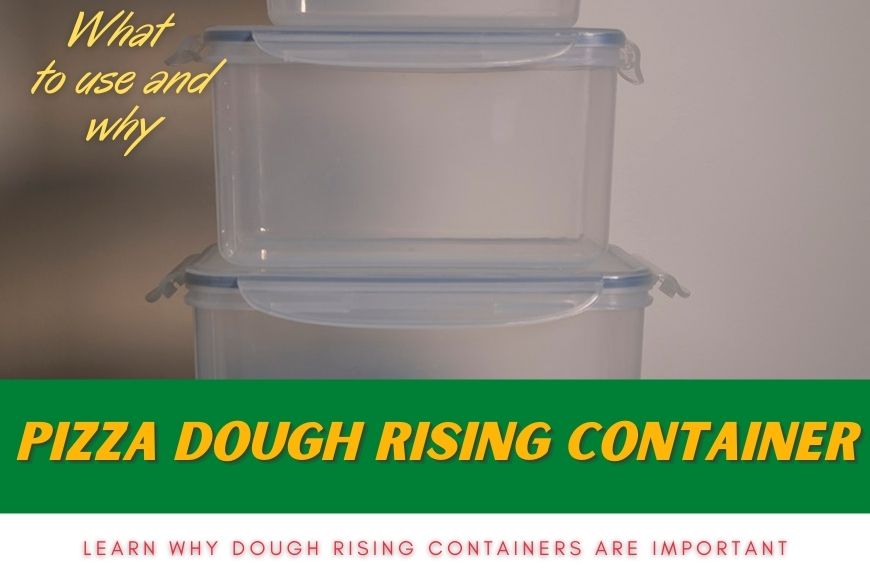
The Secret of Dough Rising Container to Improve Pizza
Last updated on November 12th, 2023 at 07:09 pm
Having the right pizza dough rising container is critical to produce different pizza styles. In this article I am going to share a secret that nobody is telling you: why and what container to buy based on how much dough you need for pizza or for bread.
I spent a lot of time finding the right pizza dough rising bucket. And for a reason. Having the right proofing box will change the way your pizza dough will stretch, rise, ferment. Effectively it is one of the components that will change the structure of your crust. When I realized how much important is to buy a dough rising container I had to search a lot on local shops and on Internet. Let alone that I bought some containers that I am simply not using because of their “wrong” size.
In this article I want to help you sharing a secret I learnt doing professional pizza courses and that will change your approach to the way you prepare the pizza dough for fermentation and rising: having the right pizza dough rising bucket.
Specifically we will cover following topics:
- The Secret: why Pizza dough rising container is so important
- Neapolitan Pizza rising box vs Pizza in sheet tray
- Plastic Rising Container or Glass or Aluminum
- What Proofing Box to Buy for First Pizza Dough Fermentation (Puntata)
- What Rising Container to Buy for Last Pizza Dough Fermentation (Appretto)
Are you ready to learn some professional tips for pizza? Let’s get into it!
The Secret: Why Pizza Dough Rising Container is so Important
I want to start this article with the juicy information. In fact I want to answer to the question I am pretty sure you are asking now: why pizza dough rising container is so important? Why you dedicate to it an entire article?
The short answer is that the dough rising box will help to create the proper gluten structure while the dough is rising or fermenting. After the initial creation of the gluten mesh during ingredients mixing, you want to support the dough structure creation in the next phase. If you do this properly you can get the right extensibility:tenacity ratio of the dough.
Let’s go a bit deeper.
Depending on the pizza style type you are preparing you want a different extensibility:tenacity ratio. I will focus in this article on pizza in Sheet tray and Neapolitan pizza. The difference between them, when it comes to the mentioned ratio, is pretty huge!
In Italian pizza in sheet tray (Pizza in Teglia) you want more tenacity, while in Neapolitan style pizza you want more extensibility. So how to get there? Well you can get some help using the right container. In a next section we will distinguish between containers according to the different phase of the process we are doing. Now it’s time to share the principle…
The Principle of Dough Constriction
When the dough is touching the borders of the containers during the fermentation or rising phase, it receives a push from the borders themselves. This means that the rising is happening with a constriction. When that happens we are making the dough stronger. In other words we are creating tenacity.
When the dough is rising with constriction from the container we are making it stronger. In other words we are creating tenacity.
As a matter of fact, if we use a recipient that is too large we don’t support enough the dough to build its structure. On the other end using a recipient that is too small gives the opposite: we contribute in creating tenacity. We need to be clever in finding the right proportions and size of the dough rising bucket. And this is where this article is going to help.
I would like you to consider to subscribe to my newsletter. It’s free, you will get a recipe notebook to download and you will never lose my new tips & tricks around the world of Italian pizza. I hate spam too, so no worries, subscribe with confidence:
Neapolitan Pizza Rising Box vs Sheet Tray Pizza Dough Rising Bucket
I introduced before an important concept. Pizza dough rising container will push the dough from its borders and make it stronger. However different pizza style requires different strength of the dough.
For both Neapolitan style pizza dough and pizza in sheet tray (or even focaccia) you can use the same recipients for the first fermentation/rising (also known as puntata – more here). In fact, in the beginning of the process is still more or less fine to create a stronger structure also for the Neapolitan style pizza. Although, I generally prefer to make sure I am using a bit larger container for the Neapolitan style pizza.
In any case, during the first fermentation/rising, you need a higher container for dough rising. Especially for pizza in sheet tray or focaccia this is an important aspect. Indeed you expect it to rise between 2.5 and 3 times.
The real difference is in the second phase of the process, known as Appretto. This is the part of the process that starts when we prepare dough balls. 100% not recommended to use proofing boxes that create tension for Neapolitan style pizza. You want to keep quite a lot of space between the dough balls. In fact you can notice also that they Neapolitan pizza rising containers are quite short in height. Not the same applies for Pizza in sheet tray or focaccia. In this case you want to again create pressure on the dough balls. Therefore having smaller pizza dough rising containers helps. At the same time you want them to be quite high because dough balls have to double (at least) again.
Plastic Rising Container or Glass or Aluminum
Before we start talking about pizza dough rising container materials remember that you need them with a lid. Having a dough rising container with hermetic closure will grant the right humidity. But not only. It will create the anaerobic environment that your dough will appreciate. In case you do not have a lid, cling film will also do the job. On the contrary please avoid to use wet dishcloth.
Having a dough rising container with hermetic closure will grant the right humidity
Once we are clear on the lid we can move to talk about materials. The truth is that they are not so important as you may think. We are not using them in oven or with incredibly low temperatures, therefore they are more or less all fine.
I personally think that using plastic dough rising bucket gives flexibility. In fact it is much easier to find plastic buckets of all sizes. Not the same is valid for glass pizza dough rising containers. Also aluminum dough rising buckets are not an obvious kitchen equipment.
I am generally not a supporter of plastic in kitchen but in this case I think is fine. Of course always buy BPA-free containers. Also make sure they are meant to be used in fridge.
Glass dough rising containers I think do not exist. Or at least I am not sure they re produced with this goal in mind. So you are essentially left using a bowl or anything similar that is meant for a different use. Not an issue, if the size is fine it will do the job.
Last but not least is aluminum. Also here applies the same as for glass.
In conclusion: I recommend using BPA-Free plastic containers.
What Proofing Box to Buy For First Pizza Dough Fermentation (Puntata)
The pizza dough proofing container for the first fermentation is incredibly important. Having the right bucket helps us in creating the first dough gluten structure. What we are searching here is a recipient that contains all the dough that we prepared before we divide it in dough balls.
More in details we need a container that is at the same time big enough to store all the dough but also narrow. In fact we want that the dough leans against the side of the box. This is the way to create pressure against the dough while it is rising. The pressure helps the dough to be stronger.
We want that the dough leans against the side of the container
Applying the right constraints to the pizza dough we improve its tenacity. Obviously thanks to a proper dough-rising container.
I personally use a set of containers for the first fermentation. I use them for both Neapolitan Pizza and Pizza in sheet tray, depending on the quantity I am preparing.
However I want to share that I have my favorites. So let’s see what I recommend you to buy.
Neapolitan Pizza Proofing boxes for Puntata
I was saying before that I prefer to give a bit more space to the Neapolitan pizza dough during the first fermentation. Essentially I don’t want to have too much constraint from the rising container. And I am doing that for a reason. We don’t want to create too much tenacity in the dough. If we do so the risk is that we will have hard time in stretching the dough balls before cooking.
I generally prepare pizza just for my wife and myself (3 dough balls) or for a few friends (7/8 dough balls). The weight of each dough ball is around 250 gr. I think this is the ideal size of the Pizza dough ball for the recipe I use. Doing a quick calculation you immediately get that I prepare around 750 gr or 1750/2000 gr of total pizza dough.
And those are the pizza dough rising buckets for Neapolitan pizza I prefer:

(WxLxH) 18x29x12.5 cm – 1.7/2Kg Dough 
(WxLxH) 15×22.5×11.5 cm – 750/1000gr Dough
The measures are below the pictures. However you can already notice that they are pretty big in height. For Neapolitan Pizza you don’t really need very high containers. In fact the low amount of yeast and the usage of the fridge will generally keep the dough pretty low. And once again this is on purpose. However I find that having higher containers gives you flexibility to use them for different pizza styles.
Dough-rising container for Pizza in Sheet Tray
Pizza in sheet tray or pizza in Pan – also known in Italian as Pizza in teglia – requires more constraints. For this type of Pizza it is very important to sustain the dough while it’s rising for 2.5/3 times its initial shape. Moreover recipes for Italian Pizza in sheet tray can bring quite high amount of dough according to the thickness we want. That is to say that it’s slightly more complicated to find the right dough rising recipient for this type of Pizza.
I spent several weeks to find the container for dough rising that fits the usage at home. Nevertheless I finally found them and I am pretty happy to share the information with you.
As average I prepare a single dough to cook one pizza in a sheet tray of 40×30 cm and one pizza in a 20×30 cm. Sometimes I go for enough dough to cook two big pizzas of 30×40 cm. It is also important to mention that I learnt how to use less dough for each sheet tray while still getting a very soft but pretty high pizza. So I prepare a 610/620 gr dough ball for a 30×40 cm sheet tray and exactly half of it for the smaller sheet tray. In conclusion I prepare a bit more than 900 gr or a bit over 1.2 Kg of pizza dough.
Those are recipients that perfect for the two mentioned amounts of pizza dough:

(WxLxH) 12.5x20x10.5 cm – Dough: 1.2/1.4 Kg 
(WxLxH) 12.5x18x9 cm – Dough: 900 gr
Once again I added the measure of the pizza dough rising bucket under the pictures. Don’t get confused by the big picture that represents a dough rising container similar to the one showed for neapolitan pizza. They are actually the same brand (Tescoma) but different measures.
Let me take one more opportunity to ask you to subscribe to my newsletter. It’s free, you will get a Recipe Notebook to download and you will never lose my new tips & tricks around the world of Italian Pizza. I hate spam too, so no worries, subscribe with confidence:
What Rising Container to Buy for Last Pizza Dough Fermentation (Appretto)
The process to make Italian pizza generally foresees that after a first fermentation (known as puntata) you divide the pizza dough into smaller pieces, defined pizza balls. This is exactly what we do when we prepare Neapolitan or sheet tray pizza.
Once again we are in the middle of a crossroad where there is an important difference between the two pizza types we are discussing in this article.
Neapolitan pizza dough balls require space around them for this last rising. You don’t want them to touch one another because you want to reduce as much as you can a constraint during the rising. On the other end it’s the opposite for the pizza in sheet tray. So, guess what: we need completely different proofing boxes.
Neapolitan Pizza dough ball container
For Neapolitan pizza we have two options. We either use one of the plastic large boxes also seen in pizzeria or we use single recipients for each dough ball. Honestly I see this last option as not convenient. You’ll need to have a lot of dough ball containers if you are preparing pizza for a party or for several friends. Also the space economy is not ideal.
So my recommendation is to buy a couple of 30x40cm dough balls proofing boxes. I suggest not to go for the bigger one, which should be 60×40 cm. In fact, only having a 30×40 pizza proofing container will make possible to store pizza dough balls in home fridge, if you need so.
And now it’s also time to share one important information. In a 30×40 pizza dough proofing container I never have more than 5 dough balls! Actually I even prefer to have only 4 of them. Can you guess why? Let me know in the comments or write me in private.
In the picture below I am showing my Neapolitan Pizza Dough balls proofing boxes:
Pizza in Sheet Tray rising container
For pizza in sheet tray or pizza pan I use some small proofing boxes. I prefer to go for one recipient for each pizza dough ball. And this is also because I don’t expect to prepare more than a couple of dough balls.
If I need to prepare more pizza dough I have all my recipients in couples. Meaning that I have two recipients for each size that I use. So I can potentially prepare quite a lot of Pizza 🙂 I recommend you to do the same.
So let me share my recipients pictures, as always with their size:

(WxLxH) 12.5x20x10.5 cm – Dough: 1.2/1.4 Kg 
(WxLxH) 13x18x9 cm – Dough: 600 gr 
(WxLxH) 11×16.5×7.5 cm – Dough: 300/350 gr
You can notice that the first pizza dough rising container is exactly the one we already used for the first fermentation. And this is correct. I use the small one also for the second fermentation when I have a slightly bigger dough ball of 620/630 gr or a bit more.
And with those pictures we are reaching the end of the article. I believe that you have an idea about what dough rising container to buy for your Italian pizza. And I am also pretty sure that you will save a lot of time searching for the one that fits your beloved pizza dough.
If you still have doubt you can get in touch with me leaving a comment or contacting me from the website.
Thanks for taking the time to read the full article. I recommend you to subscribe to my newsletter. It’s free, you will get a Recipe Notebook to download and you will never lose my new tips & tricks around the world of Italian Pizza. I hate spam too, so no worries, subscribe with confidence:
Tag:container for dough rising, dough rising, dough rising bucket bpa free, dough rising container, dough rising container with lid, glass dough rising container, glass pizza dough bucket, measure pizza dough proofing boxes, measure pizza dough rising bucket, measure profing box, pizza dough rising, pizza dough rising container, plastic dough rising container, plastic pizza dough bucket

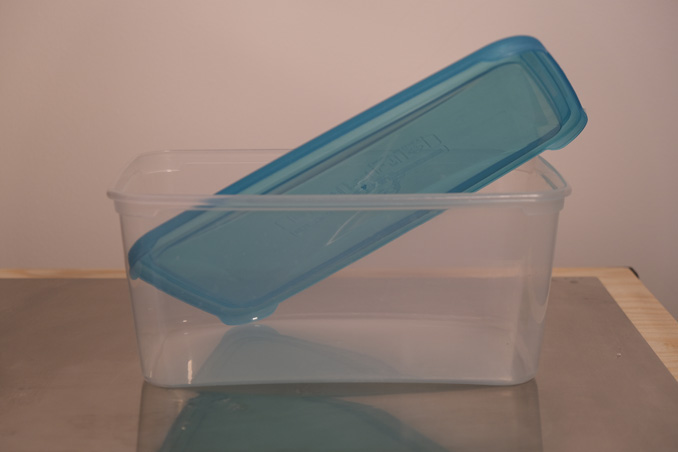
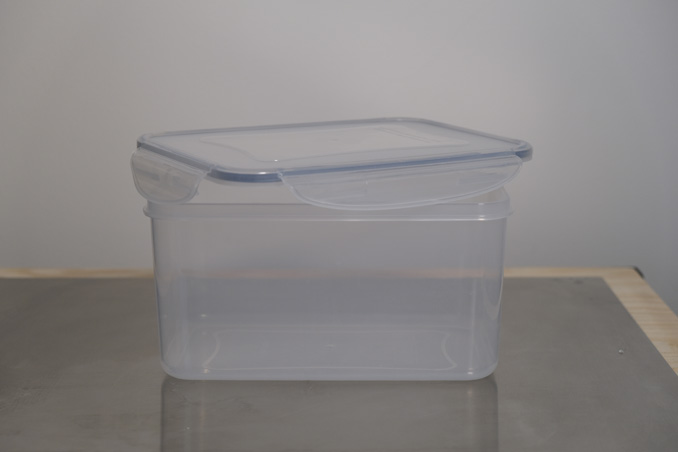
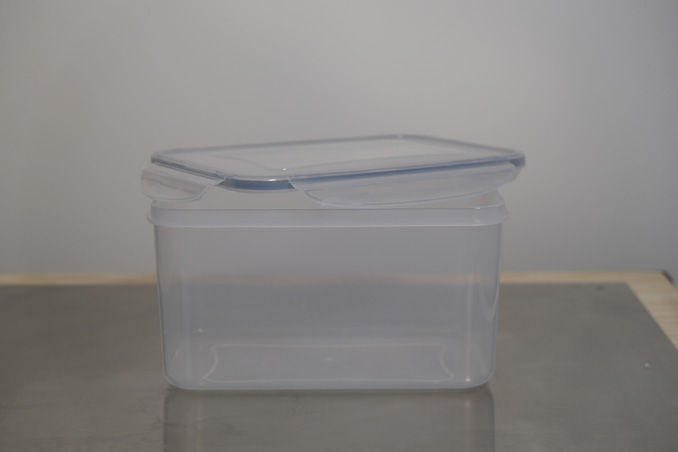
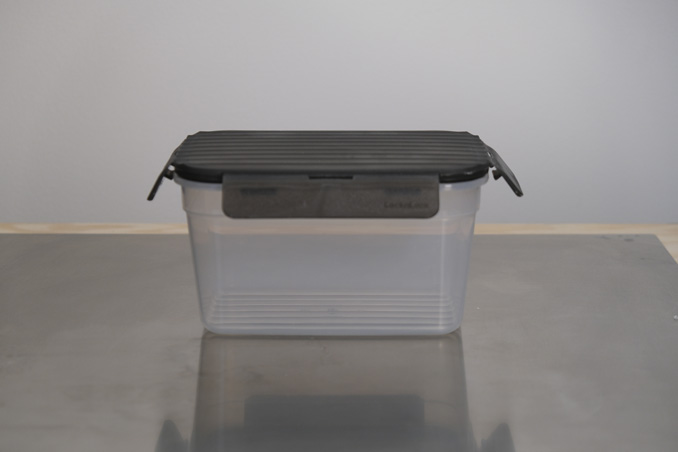
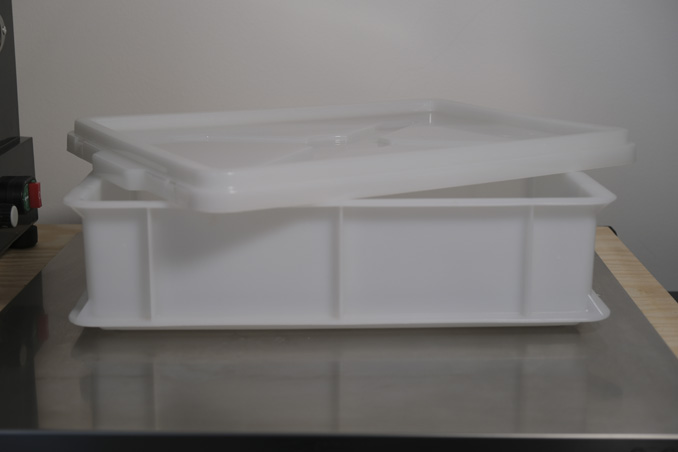
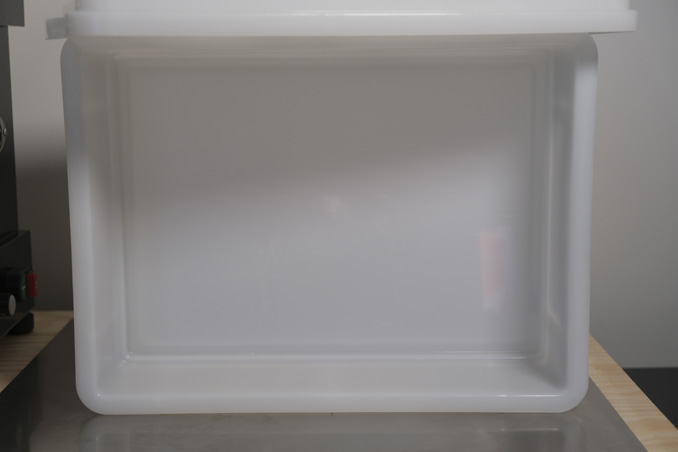
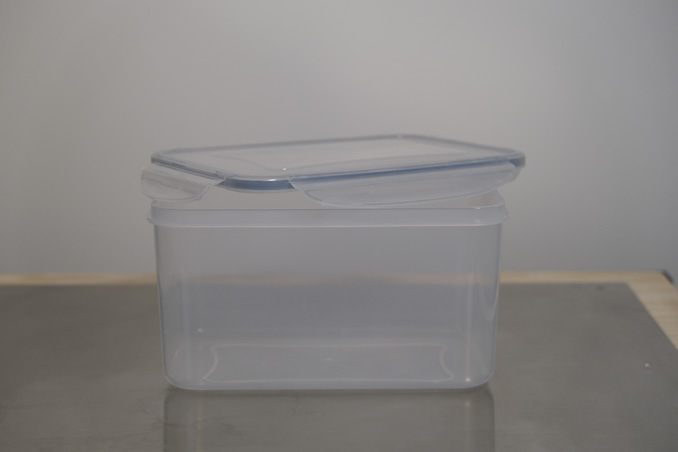
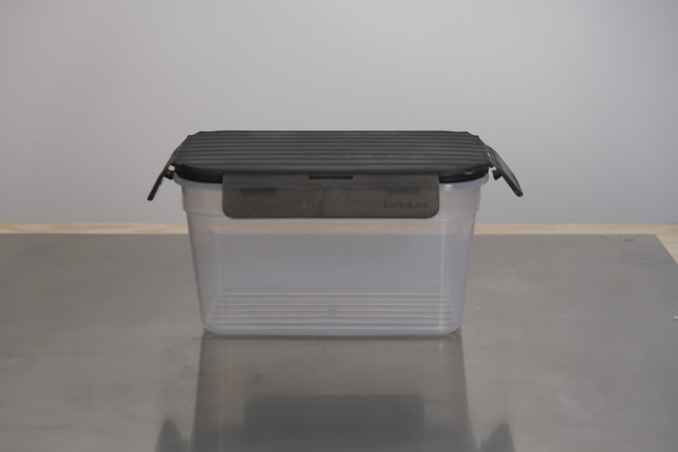
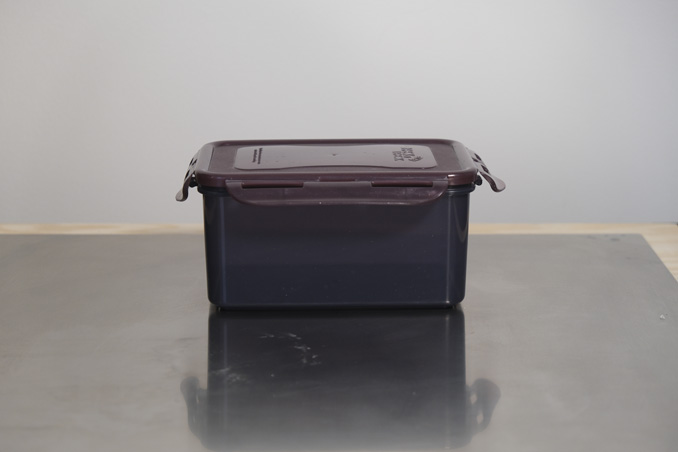



3 Comments